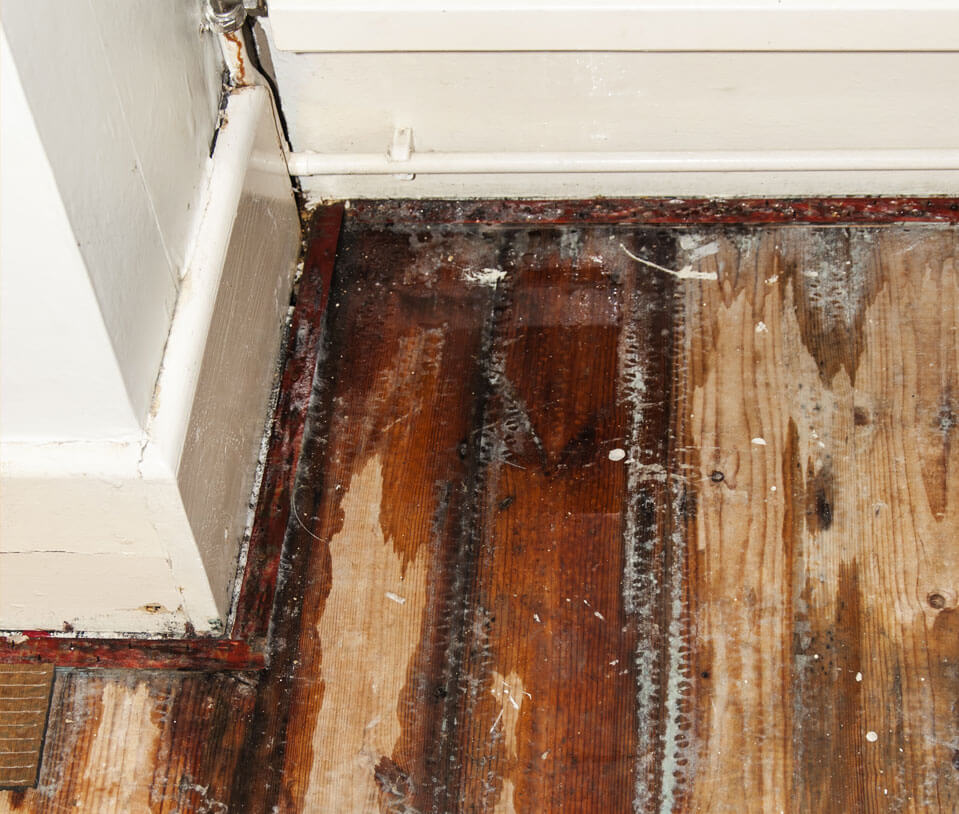How "Water Damage Prevention Tips for Homeowners" can Save You Time, Stress, and Money.

Water damage may be a serious issue for any type of individual. It may trigger structural damage, mold development, and also wellness issues if left out of hand. The worst part is that water damages isn't regularly obvious. Sometimes it's hidden behind walls or under floor, creating it difficult to detect until it's too overdue. In this post, we'll go over how to identify concealed water damage in your residence before it ends up being a primary problem.
1. Look for Stains
One of the simplest techniques to detect water damage is by appearing for blemishes on walls or roofs. These stains are usually brownish in colour and might possess a rounded form. They're resulted in through water leaking through the drywall or ceiling material and leaving behind responsible for minerals that tarnish the area.
If you observe any type of discolorations on your walls or roofs, don't dismiss them! Even if they're tiny, they could be an indication of a larger issue lurking responsible for the surface area.
2. Examine for Mold and mildew
Mold and mildew prospers in wet settings, so if there's hidden water harm in your house, there's a really good odds you'll additionally discover mold growth. Look for indications of mold and mildew in areas where humidity is most likely to gather – such as bathrooms, kitchen areas, and cellars.
Mold can easily show up as dark areas on wall surfaces or ceilings and might possess a moldy stench. If you locate any kind of mold and mildew growth in your residence, it's vital to attend to the underlying humidity concern right away before it spreads out better.
3. Pay attention for Dripping Sounds
In some cases you may hear dripping audio coming coming from behind wall structures or under floor covering – especially if you live in an more mature house along with pipes pipes that operate through the wall surfaces and floorings.
If you hear dripping audio but can't find the source of the water, it could possibly suggest a crack somewhere within your plumbing system unit that needs to be took care of quickly.
4. Inspect Your Water Bill

Yet another technique to identify hidden water damage is by keeping track of your monthly water bill. If you notice a abrupt rise in your water use without any sort of illustration, it might be a sign of a crack someplace in your house.
Examine all noticeable pipelines and faucets for cracks, but likewise maintain an eye out for signs of hidden cracks – such as damp spots on wall surfaces or roofs.
5. Check Your Roof
Water harm may also develop on your roofing system – specifically if it's older or hasn't been correctly kept. Examine your roof on a regular basis for indications of damage, such as missing or ruined roof shingles, cracked flashing, or clogged rain gutters.
If you notice any kind of signs of harm to your roofing system, have it fixed right away to protect against water coming from seeping in to your residence's attic room or wall surfaces.
6. Test Your House's Humidity Levels
Excess humidity may lead to concealed water damages in locations where humidity builds up – such as shower rooms and cellars. Make use of a hygrometer to assess the humidity amounts in these areas and produce sure they're within the highly recommended variation (between 30-50%).
If A Reliable Source are also higher, think about functioning a dehumidifier to eliminate excess humidity coming from the sky and avoid mold and mildew development.
Final thought
Water damage can easily be a serious issue for any sort of individual. It can cause structural damages, mold and mildew growth, and even health and wellness complications if left behind out of hand. By recognizing how to detect concealed water harm in your house – via discolorations, mold development, dripping seems, raised water bills, roof covering assessments and testing moisture levels – you can easily take aggressive steps to attend to these problems before they become significant issues. Bear in mind that avoidance is regularly much better than treatment when it comes to water harm!
